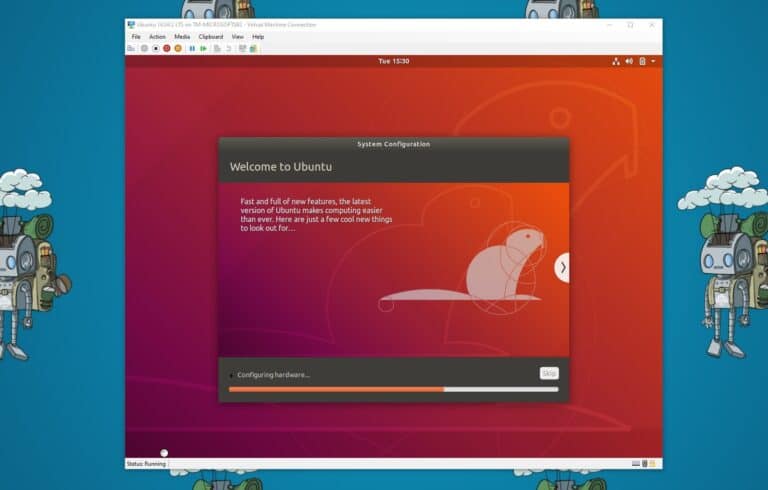


Instructions on how to first install a virtual machine hypervisor (Oracle VirtualBox in particular) Then install 32-bit Ubuntu 16.04 into a virtual machine inside the hypervisor. To minimize the chance of hardware incompatibility, the best way to run Ubuntu Linux is toįirst install a virtual machine hypervisor (Oracle VirtualBox is recommended because it's freeĪnd available on both Windows and Mac OS X machines), ("standard" means following all the instructions on this web page). I could install an Ubuntu 22.04 server edition (with only command line), and I've got 3 VM running CENTOS (6 to 9), which were installed without a bug.ĭoes anyone know the compatibilities between ESXI and Ubuntu? I tried to use the VMWare compatibility guide on the net, But I found no other guest OS compatibles than 2 Suse versions.All programming assignments must compile and run on a standard 32-bit Ubuntu 16.04 system

I tried with 20.04, 22.04 and 22.10 Ubuntu desktop versions. Working directory : CEN-Ubuntu2204-OdkCentral File : CEN-Ubuntu2204-OdkCentral/CEN-Ubuntu2204-OdkCentral.vmx Restrictions : Some operations and features are restricted (not compatible with SGX : vMotion, Fault tolerance, Suspending a VM, Taking a snapshot of a VM)Ĭonfig. It is he "try Ubuntu" OS).ĭisc file : CEN-Ubuntu2204-OdkCentral/CEN-Ubuntu2204-OdkCentral.vmdkĬontroller location : SCSI 0 Controller / SCSI (0:0)ĬD/DVD drive : Databank ISO file (Ubuntu installation)Ĭontroler location : SATA 0 controller / SATA (0/0) Then I can see the Ubuntu OS which were started from the ISO file (this VM is not installed in the VM. I can't install a recent Ubuntu Desktop guest OS in my VMWare ESXI 7.0.0 (Build 16324942).Įach time I try, the installation process crashes on the "Where are you?" screen (when you have to choose the meridian in which you are), and the window is closed.


 0 kommentar(er)
0 kommentar(er)
